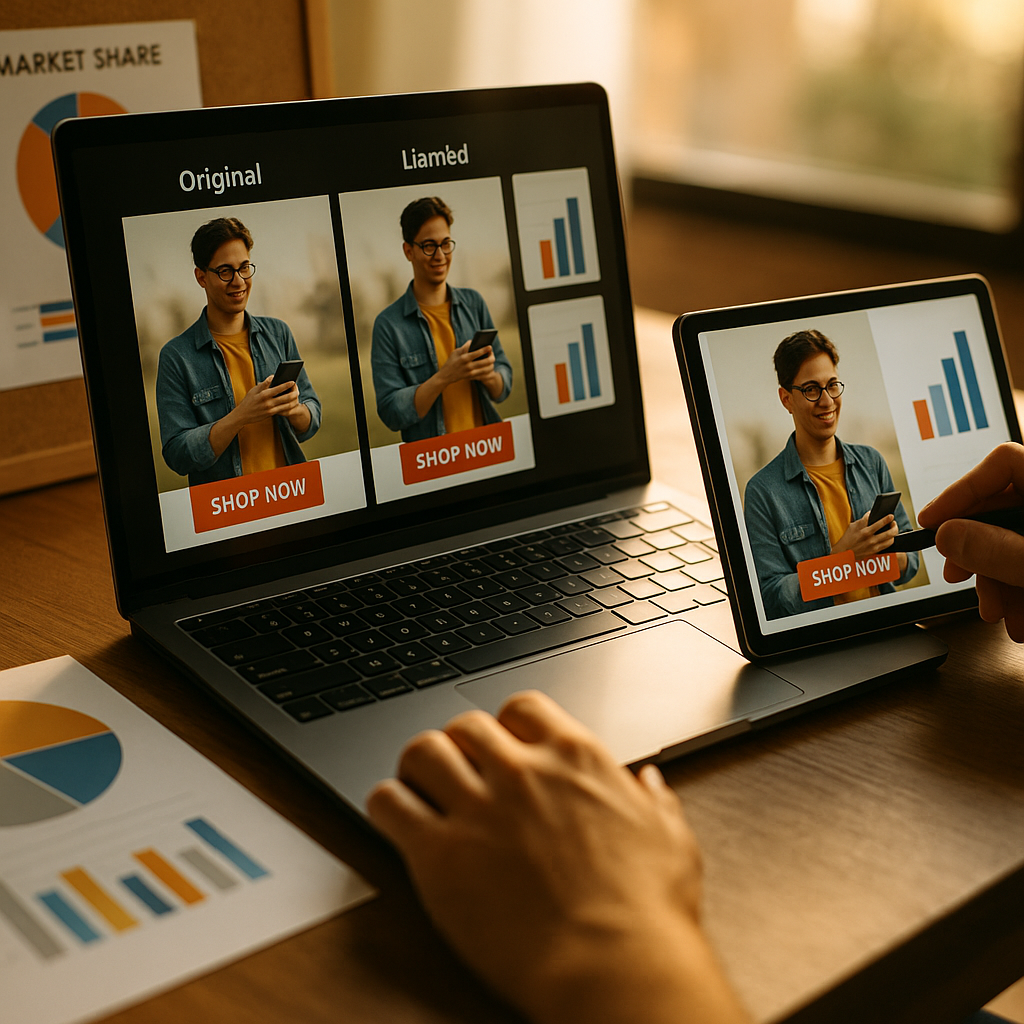Creating a digital twin of your customer base for campaign simulation empowers marketers to test, predict, and refine strategies with unmatched precision. This innovative approach leverages data modeling and AI to mirror real customer behaviors. Ready to amplify your marketing impact? Discover how a digital twin can transform your campaign planning and boost ROI.
Understanding the Digital Twin Concept in Customer Analytics
A digital twin is a sophisticated virtual representation of real-world entities—in this case, your customers. Unlike traditional customer profiles, digital twins use dynamic, data-driven models and AI to simulate actual customer behaviors, preferences, and responses over time. According to recent Forrester research, brands using digital twins achieve up to 20% higher campaign performance, thanks to smarter personalization and rapid testing.
In customer analytics, a digital twin is not just a static profile but an evolving model based on live data. It integrates multiple touchpoints—web, mobile, CRM, sales, and even offline interactions. These insights enable marketers to conduct rapid simulations, predict future outcomes, and tailor campaigns without risking real customer relationships.
Gathering the Right Customer Data for Simulation Accuracy
Data quality is the foundation for building an effective digital twin. Begin with customer demographic data, transactional records, digital behaviors, and engagement metrics from all marketing channels. Incorporate additional layers of psychographic and intent-based data for a multidimensional view.
- First-party data: Collect directly from your CRM, website analytics, customer feedback, and in-app behavior.
- Second-party data: Leverage trusted partners for deeper insights into shared audiences.
- Third-party data: Carefully select anonymized datasets for additional context—critical in industries like retail and finance.
Enriching customer profiles with AI-driven segmentation and continuous updates ensures the digital twin reflects real-world shifts. In 2025, privacy regulations require strict consent management and transparency—always follow best practices for ethical customer data use.
Building and Training Predictive Models for Campaign Simulation
To create a realistic digital twin, use advanced machine learning models trained on your collected data. Start by defining your campaign simulation goals: Do you want to predict purchase intent, churn, or cross-sell opportunities? These objectives guide the choice of algorithms and features.
Popular modeling techniques in 2025 include:
- Behavioral clustering: Groups customers by shared actions and preferences
- Predictive scoring: Ranks individuals by likelihood to convert, churn, or upgrade
- Agent-based simulation: Creates virtual agents with real customer traits to model responses to campaign variables
Use cross-validation and time-based testing to ensure your models deliver robust results. As digital twins evolve, periodic retraining is essential to capture new trends and market dynamics.
Simulating Marketing Campaigns Using Your Digital Twin
With a fully developed digital twin, you can now simulate marketing campaigns in a risk-free, controlled environment. Test various campaign elements—subject lines, messaging, offers, timing—across different customer segments to predict outcomes before launch.
Steps to effective campaign simulation:
- Design multiple campaign scenarios based on insights from your digital twin data.
- Run simulations to analyze which variables drive engagement and conversions.
- Interpret simulation results to identify winner scenarios and optimize messaging, channel strategy, and timing.
- Refine campaign elements and update your digital twin accordingly to reflect customer learning and feedback.
This approach enables precise targeting and reduces the risk of failed campaigns—saving time and budget while improving relevance.
Leveraging AI and Automation for Continuous Improvement
AI and automation are critical for maintaining and enhancing your digital twin over time. Use automated pipelines to ingest new customer interactions, trigger model updates, and adjust simulation parameters as market signals change.
Recent advances in generative AI allow for more realistic simulation of customer decision-making. Combined with automated reporting dashboards, marketers can instantly visualize campaign projections and uncover actionable insights to fine-tune their strategies in real-time. This approach fosters a continuous cycle of learning and optimization, essential for maintaining a competitive edge in 2025.
Ensuring Data Security, Privacy, and Ethical AI Use
As digital twins grow more powerful, they must also be trustworthy. Always comply with current data protection regulations, such as GDPR and CCPA, and implement robust consent management protocols. Use strong encryption and anonymization to protect sensitive customer details in every phase of modeling and simulation.
Ethical AI practices go beyond compliance: regularly audit your models for bias, explainability, and fairness. Transparent reporting categories and human oversight ensure that your digital twin outcomes drive responsible marketing decisions and long-term customer trust.
Frequently Asked Questions about Digital Twins for Marketing Simulation
-
What is a digital twin in the context of marketing?
A digital twin is a dynamic, data-driven model that replicates the behaviors, preferences, and responses of your customer base. In marketing, it’s used to simulate and predict how customers will respond to different strategies, enabling safer and more efficient campaign testing. -
How does a digital twin improve campaign effectiveness?
By mirroring real customer behavior, a digital twin allows brands to test campaign variables virtually, identify likely winners, and personalize outreach—leading to higher engagement, conversion, and ROI without risking real customer relationships. -
Do I need specialized AI skills to build a digital twin?
While data science skills help, many platforms in 2025 offer user-friendly AI tools with guided model building, visualization, and automation. Collaborating with experts can accelerate setup and ensure you maximize value from your digital twin investment. -
Is customer consent required for creating a digital twin?
Yes. Digital twin modeling uses customer data, so you must clearly obtain and manage consent under GDPR, CCPA, and evolving global privacy regulations. Transparent communication and ethical data stewardship are essential. -
How often should I update my digital twin models?
Updates depend on your industry and campaign cadence, but best practice in 2025 is to retrain models at least quarterly or whenever significant market changes occur to ensure your simulations remain accurate and actionable.
Building a digital twin of your customer base for campaign simulation makes your marketing smarter, safer, and more adaptable. By integrating quality data, advanced modeling, AI automation, and ethical standards, you’ll confidently predict campaign success and drive sustained growth in the ever-evolving 2025 marketplace.
